After more than two years of war, Gaza may be edging closer to an uneasy calm, though whether this marks the beginning of peace or yet another false dawn remains uncertain.
US President Donald Trump’s latest intervention has shifted the diplomatic calculus. Following Hamas’ conditional acceptance of key elements of his 20-point peace plan, Trump urged Israel to halt its bombardment of Gaza, claiming the moment had come to “end the suffering and restore peace.”
Israel, in turn, announced it would begin “immediate implementation” of the plan’s first stage after Prime Minister Benjamin Netanyahu’s visit to Washington.
Cautious calm after months of devastation
The first signs of change are already visible on the ground. Gazans reported heavy bombardments immediately after Trump’s appeal but said strikes have since slowed considerably, with long stretches of calm interrupted by occasional blasts. Still, few are declaring peace just yet.
Previous truces have collapsed swiftly. Temporary ceasefires in 2023 and early 2025 broke down within weeks, as both sides accused each other of violations and returned to fighting. Analysts caution that this latest pause could prove similarly fragile.
Hamas, Israel to hold indirect Gaza hostage talks in Cairo
Hamas and Israel will engage in indirect talks in Cairo on Sunday and Monday to secure the release of hostages and detainees, Egyptian state-linked media reported Saturday.
Al-Qahera News, which is closely linked to Egypt’s intelligence service, reported that both delegations “have begun moving to launch talks in Cairo tomorrow and the day after, to discuss arranging the ground conditions for the exchange of all detainees and prisoners, in accordance with Trump’s proposal”.
A plan short on timelines
Trump’s proposal outlines an end to hostilities once both sides agree, followed by the release of all Israeli hostages within 72 hours. Yet, crucial ambiguities remain not least when that clock begins. Netanyahu endorsed the plan days before Hamas responded, leaving the sequence of implementation unclear.
The logistical challenges are also daunting. Hamas sources told regional media that while handing over living hostages might be relatively straightforward, recovering bodies from Gaza’s ruins could take far longer. Israel says 48 hostages remain in Gaza, including 20 believed to be alive.
Moreover, Hamas’ statement left key points unresolved. It accepted the broad framework to end the war and the idea of transferring Gaza’s governance to a technocratic Palestinian administration backed by Arab and Islamic states. But it avoided explicit mention of disarmament, a central demand in Trump’s plan and one of Israel’s chief war aims.
Impact Shorts
More ShortsPolitical calculus on both sides
For Netanyahu, backing the plan may be a tactical decision, an attempt to maintain US support while managing pressure from far-right coalition partners vehemently opposed to Palestinian statehood or any concession to Hamas. His government remains deeply divided, and even a limited pullback could provoke political turmoil in Jerusalem.
Hamas, by contrast, appears to be pursuing strategic ambiguity. By conditionally engaging with Trump’s proposal, agreeing to release hostages while leaving contentious issues open, the group has effectively shifted responsibility to Israel and regional mediators such as Qatar and Egypt.
“By saying ‘yes, but’, Hamas has placed the onus back on Netanyahu and the Arab states,” said Amjad Iraqi, a senior analyst with the International Crisis Group. “It’s a move that preserves its political leverage while appearing constructive.”
Israel’s conditional assent
Netanyahu’s approval of Trump’s plan is itself remarkable. The framework hints at a potential, albeit conditional, path toward Palestinian statehood, an outcome the Israeli prime minister has repeatedly ruled out. Yet, the inclusion of such language may have been necessary to secure Hamas’ participation and broader Arab support.
Still, analysts caution against overstating the breakthrough. “Getting both sides to engage at all is a significant achievement,” said Oren Setter, a senior fellow at Harvard’s Belfer Center and former head of the Israel Defence Forces’ strategic planning division. “But this is the beginning of the process, not the end.”
Obstacles to lasting peace
Major hurdles remain before any durable peace can emerge. The Trump plan envisions an international transitional body, chaired by the US president and including figures such as former UK Prime Minister Tony Blair to oversee Gaza’s governance. Hamas’ response mentioned no such mechanism, suggesting potential friction over future authority.
Meanwhile, the question of Israel’s military withdrawal remains murky. Hamas called for a “full withdrawal,” while Trump’s plan described a “staged” retreat to prepare for hostage exchanges. Such differences could easily reignite tensions if implementation falters.
Hope tempered by history
For Gaza’s two million residents, exhausted by bombardment and displacement, even partial calm feels like a reprieve. “We have had so many false dawns,” one resident told Reuters. “We just hope this one lasts.”
Trump has framed his initiative as the final push for “long-sought peace in the Middle East.” Whether it ends the war or simply resets it for another cycle will depend on whether both Hamas and Israel can translate their cautious engagement into action and whether Washington can sustain its leverage long enough to see it through.


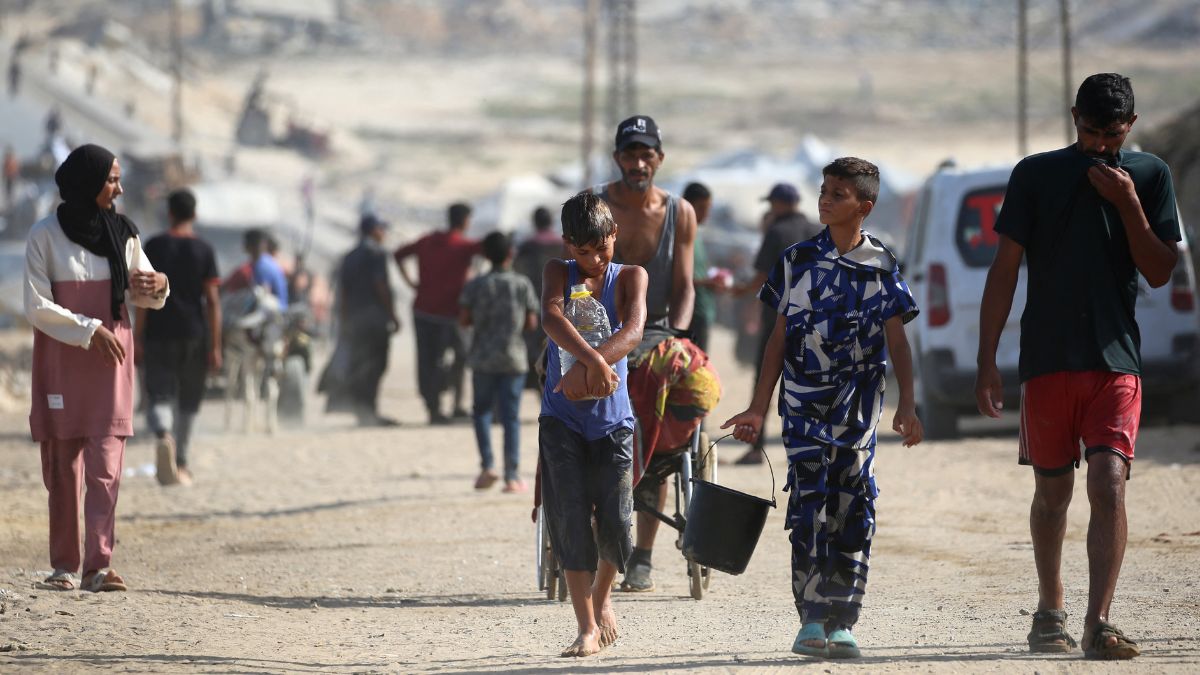)
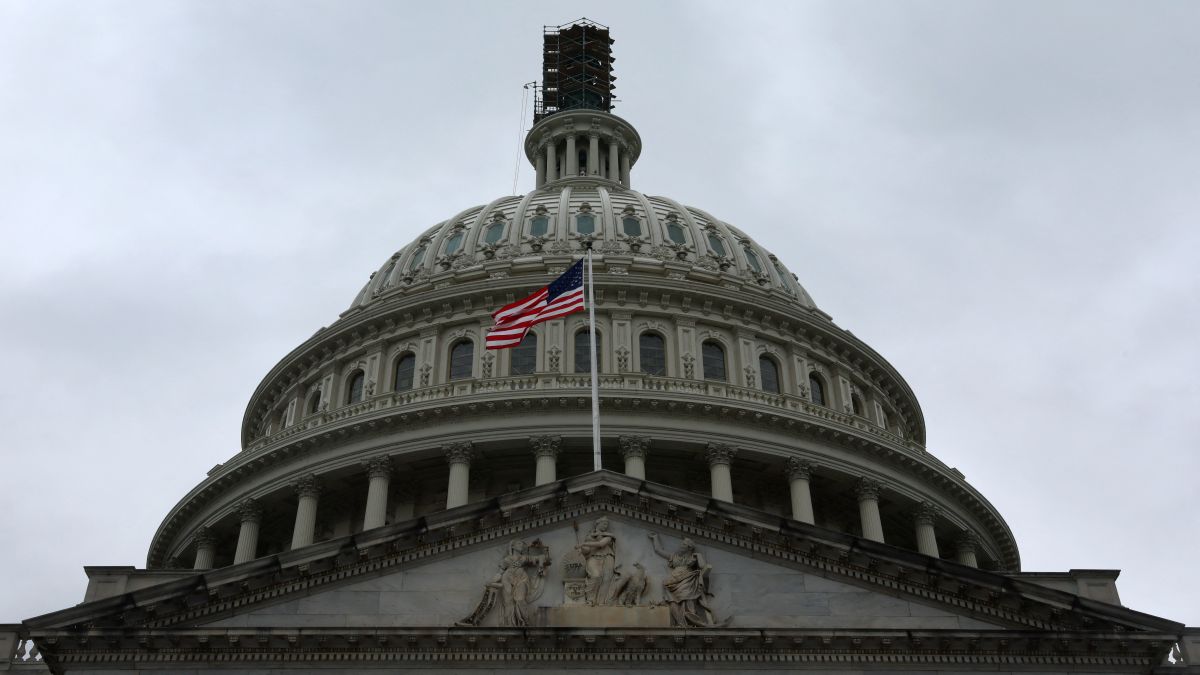
)
)
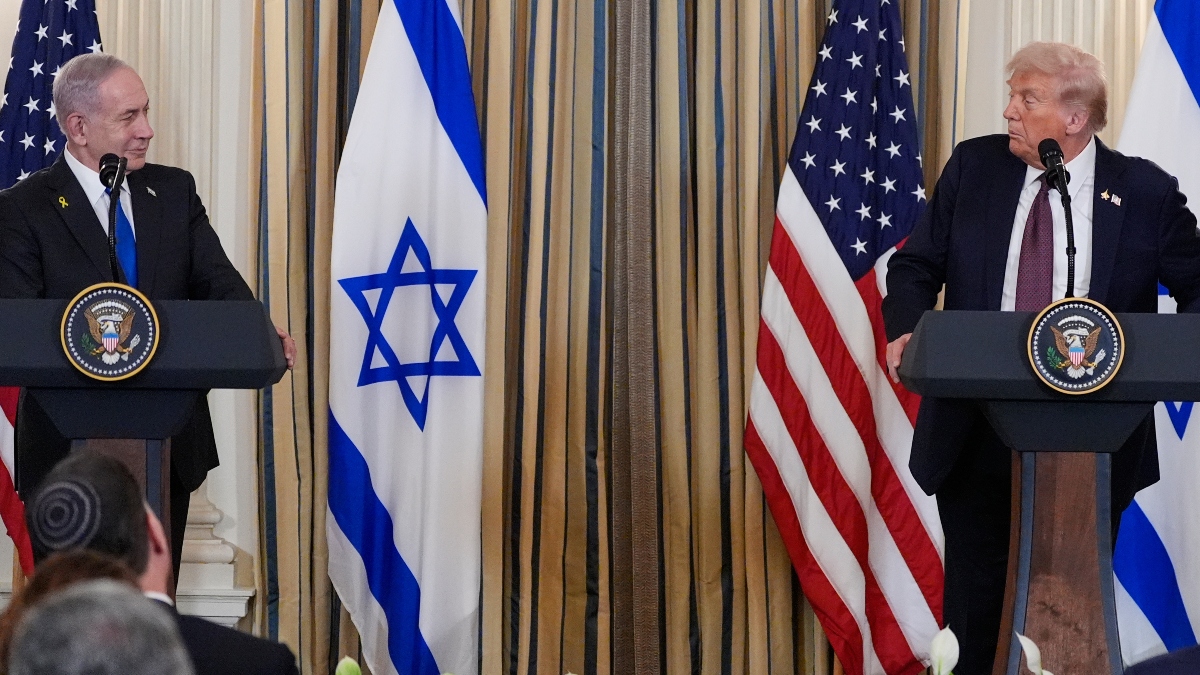)
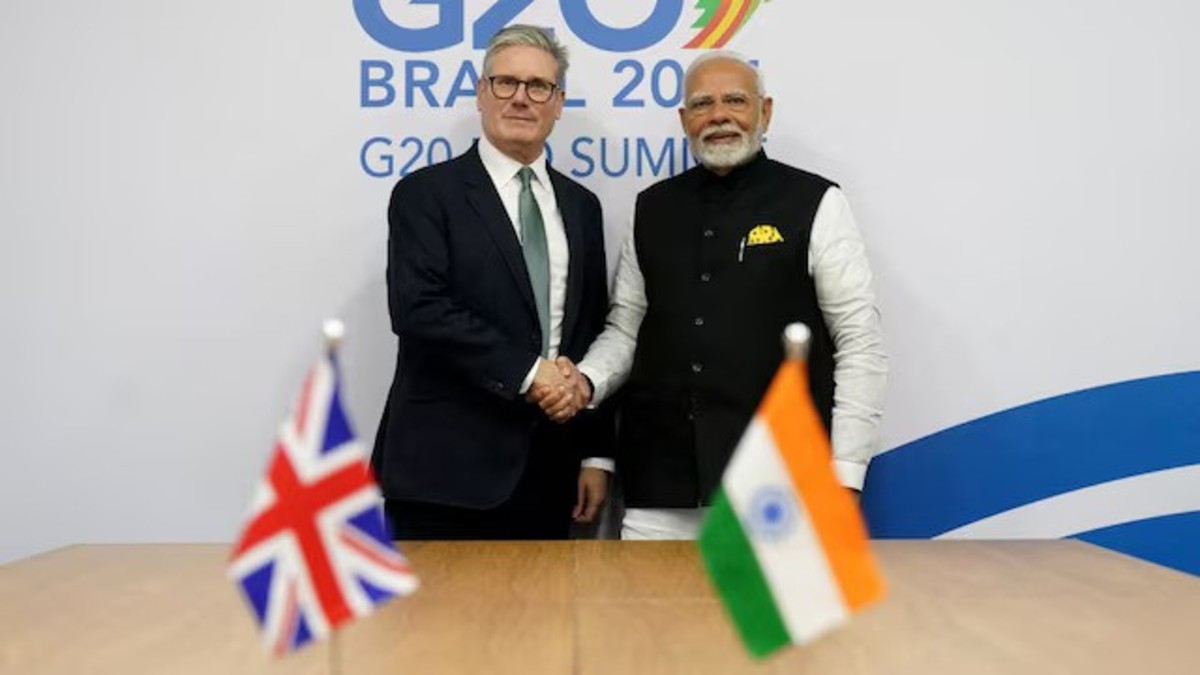)
)
)
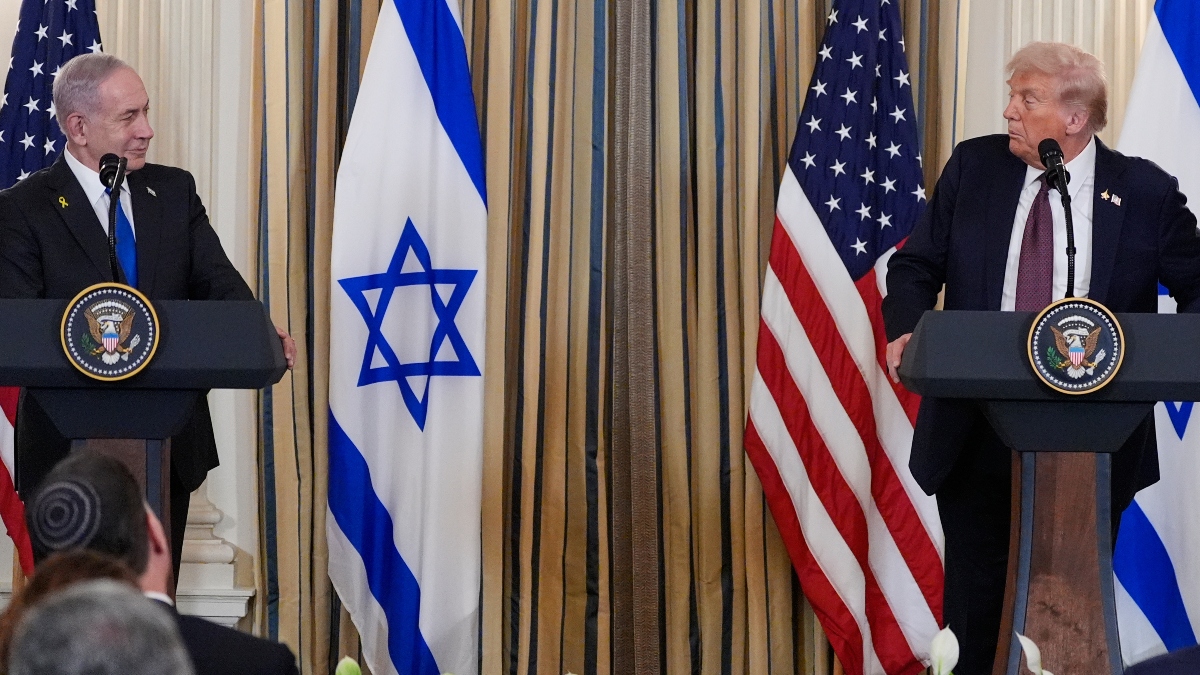)
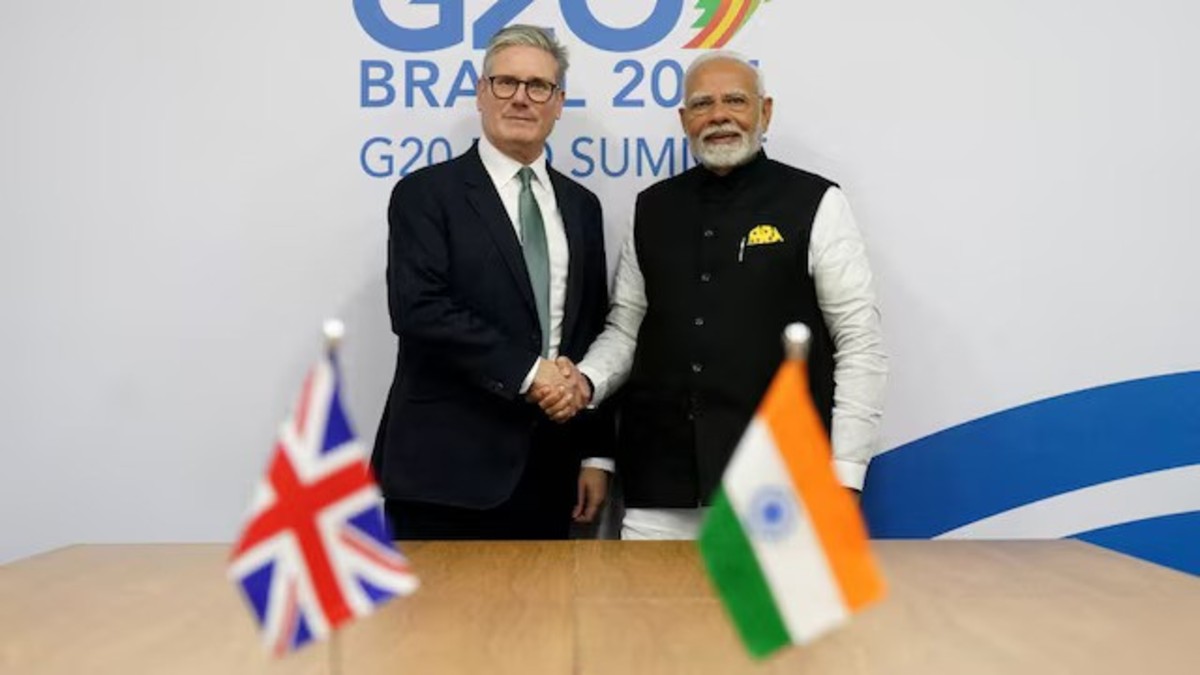)



